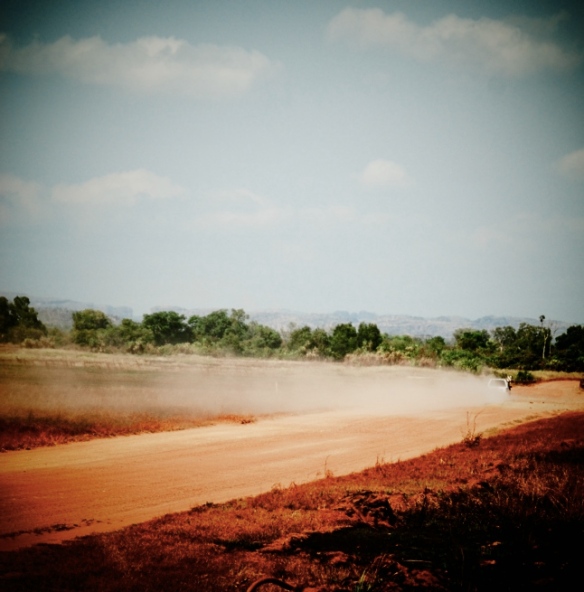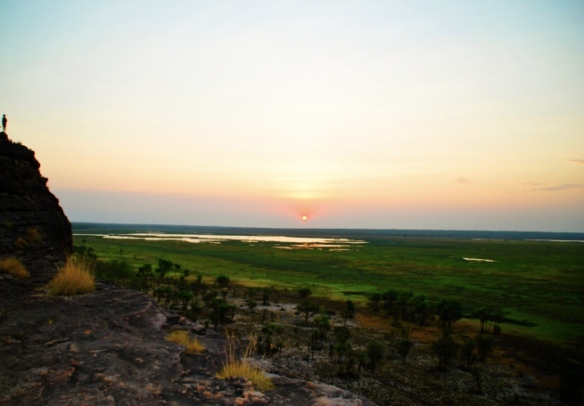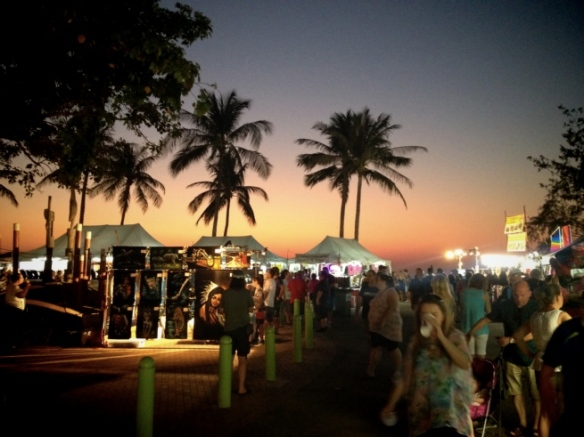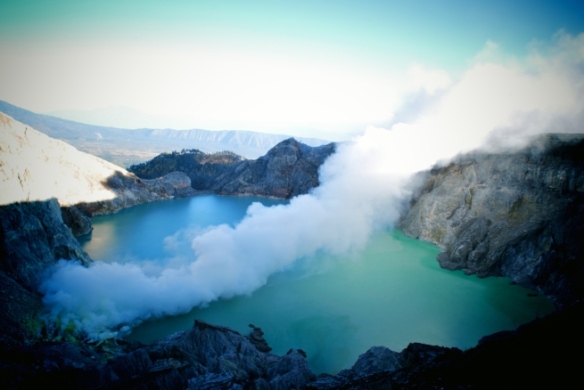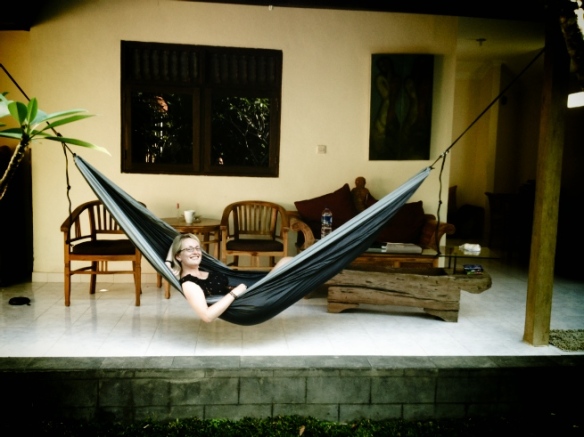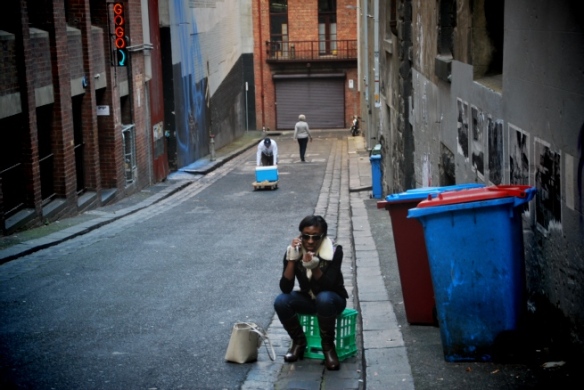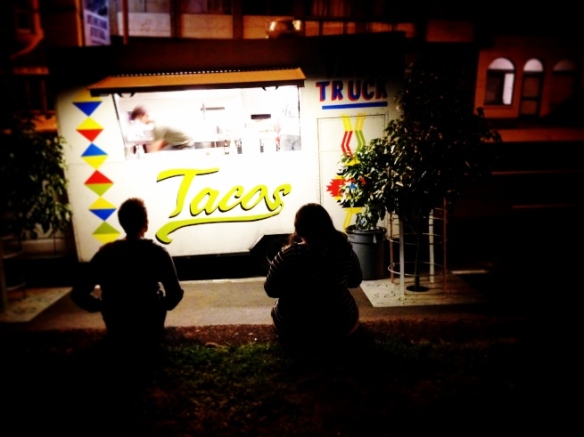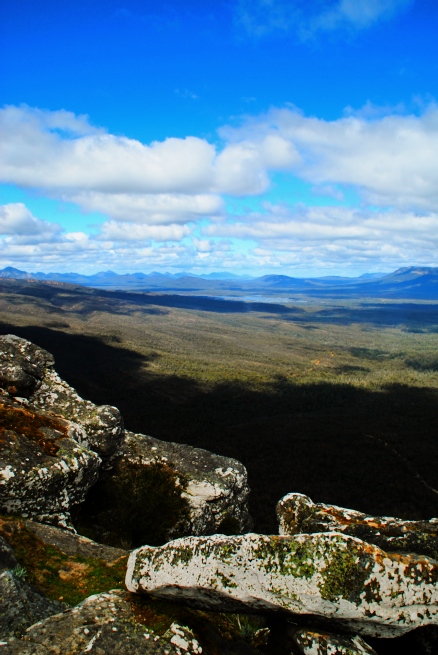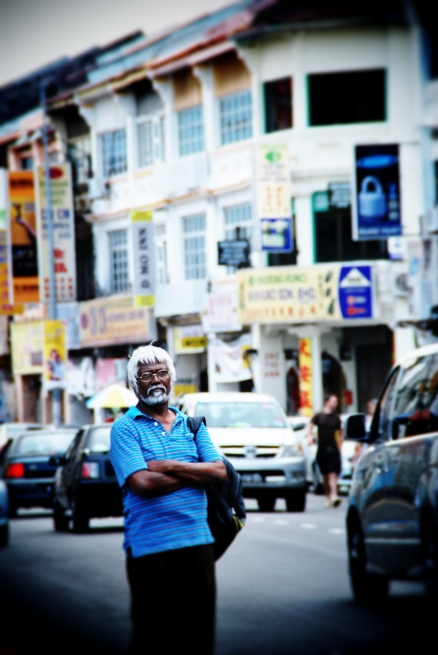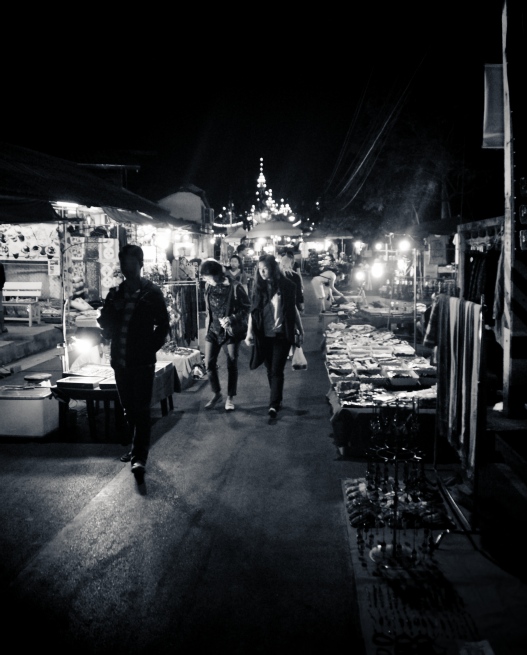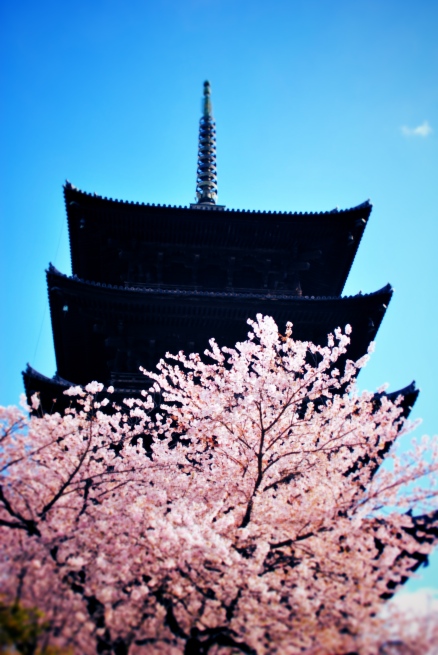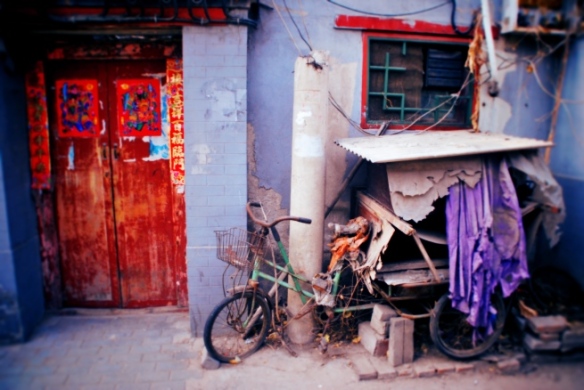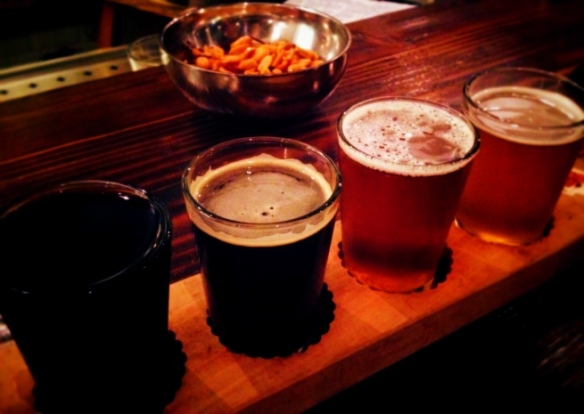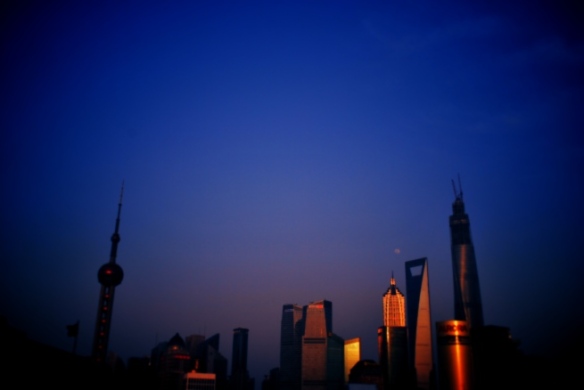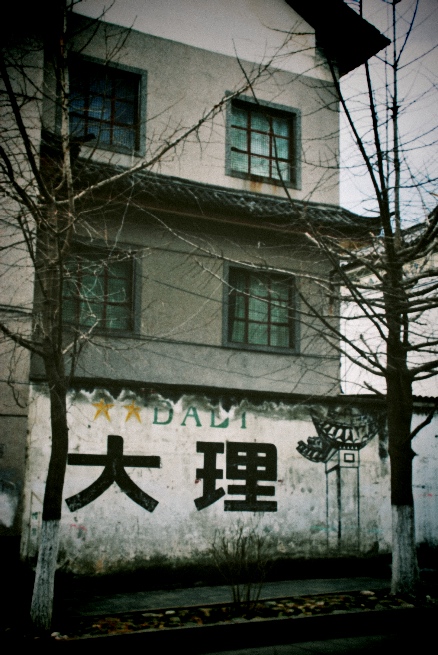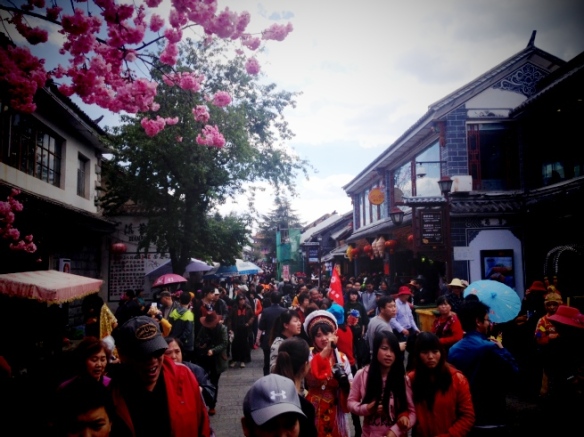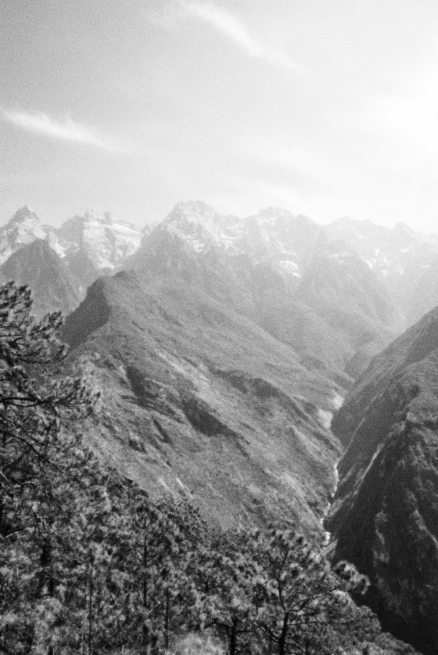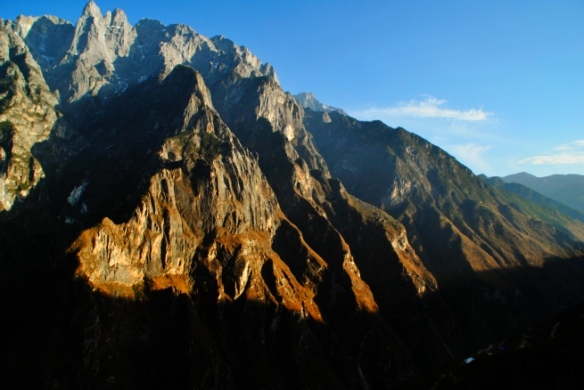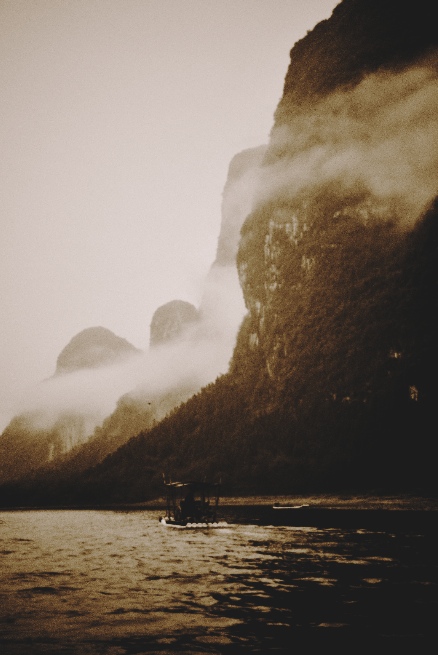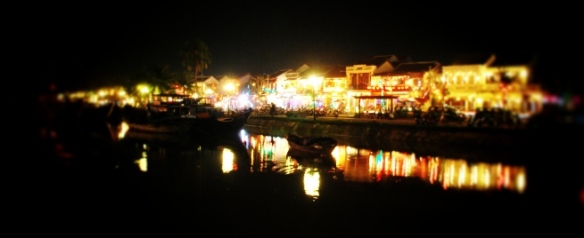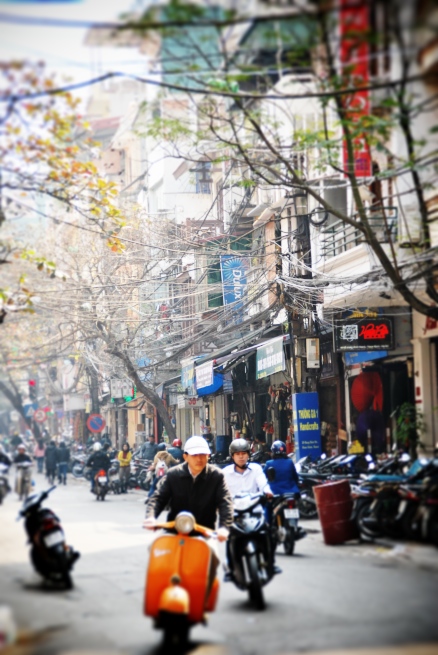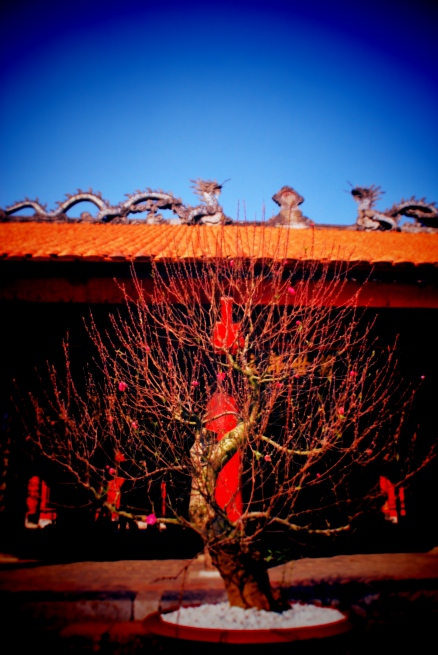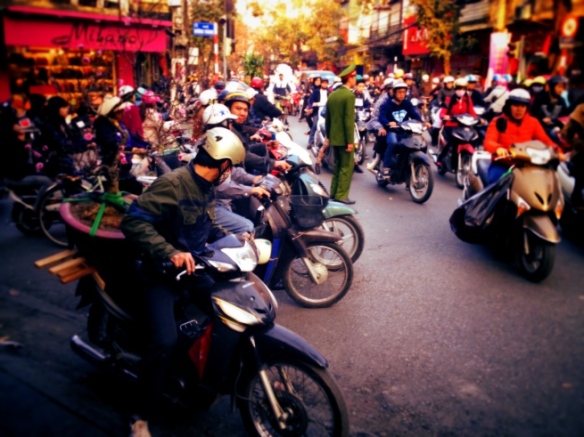DEAR WORLD, I’M back. Obviously I’ve been back – as in, back home, not travelling, not living the dream – for some time now. Four months, in fact. It’s been traumatic. And wonderful, obviously. Seeing friends and family. All of their pale, cheerful, slightly chilled faces. Wonderful. Returning to work, getting the train into central London, bodies crammed into carriages like paperbacks on an overcrowded bookcase. Having a dishwasher. Having to shave. All the things that you romanticise when you’re lugging a backpack up to the fifth floor of a dingy hostel, cockroaches scurrying before you. Wonderful.
But I’m not talking about that. I mean that I’m back here, in the blogosphere or whatever the kids are calling it now. I’m here with a post that I mostly wrote whilst I was still travelling, but I haven’t been able to search out photos for until now, on account of having to hit the reset switch on life and wait for the loading screen to disappear. Now I’m all booted up and running DKC 2.0, I can write some more things for you, dear reader. And maybe for myself a bit, if I can keep from crying when I look through our travelling photos.
I have some Proper Thoughts about returning home. But they’re for later. This is for now.
THE NORTHERN TERRITORIES are Australia as you imagine it: long roads, red scrubland, and the sudden realisation that those hats with corks hanging from them might actually be helpful because, man, these flies that keep landing on my face are annoying.
We were there with my parents in the third week of our Australian journey. It was the second week where we’d been travelling together, and the bird count was high. This is not a euphemism. As this was his first time in Australia, for my dad every bird was a ‘lifer’ (for the uninitiated in twitching ways, that’s a bird that you’ve never seen before in your life), and every waking moment was another opportunity To See More Birds. There had already been some tensions and controversies as I tried to navigate a course through BKC’s likes (sleeping) and dislikes (walking) and those of my father (walking and sleeping, respectively). There had been numerous binoculargates, the latest – as we left our one-night-only AirBnB place in Darwin to head for Kakadu, now locked out with no way of re-entering – the most serious. When the hallowed optics were discovered missing, believed left-in-flat, recriminations flew, bags were turned inside out and pockets thoroughly checked. Only the late discovery of said binoculars in the side pocket of a less used bag saved us all from the sight of a grown man crying.
Thus blooded, we headed out to the land of man-sized termite mounds.
 GENERALLY, I AM not a fan of sunrise tours. The early rising is rarely justified – they invariably cost more and they usually mean spending a significant portion of your time at the temple/volcano/natural wonder in complete darkness. Sunrise tours are an epidemic amongst Asian tour operators. Sunrise is often beautiful; tourists want to see something because it is spectacular/historical/it-said-so-in-the-guide-book; tourists will pay more to see the attraction at a time that everybody knows is beautiful. Thus the thing that they see will also be more beautiful. And we will be richer. That is the logic.
GENERALLY, I AM not a fan of sunrise tours. The early rising is rarely justified – they invariably cost more and they usually mean spending a significant portion of your time at the temple/volcano/natural wonder in complete darkness. Sunrise tours are an epidemic amongst Asian tour operators. Sunrise is often beautiful; tourists want to see something because it is spectacular/historical/it-said-so-in-the-guide-book; tourists will pay more to see the attraction at a time that everybody knows is beautiful. Thus the thing that they see will also be more beautiful. And we will be richer. That is the logic.
Hence we once found ourselves tramping through a grey, dusty, volcanic ash landscape in complete, utter, can’t-see-your-hand-in-front-of-your-face darkness, trying to find our way solo to the crater of Mount Bromo in Java, Indonesia, as a light rain pattered onto our heads. Every so often, moped drivers passed us, travelling from somewhere to nowhere; sensing our weakness, some occasionally stopped and circled us, like vultures. “Hey, you want volcano? I take you for 80,000. No? Ok, ok, 60,000.” After telling the first four no, we eventually caved – but only after having a heated, whispered argument as two moped drivers looked on (“we’re lost, we don’t have a choice, and it’s dark.” “It’s too much [it was £2.50], it’s a rip off. They might murder us and chop up our bodies. We’ll find our way.”).

Mount Bromo by morning light. Steaming like a hot cup of tea outside on a cold morning, except without any of the benefits of warming your hands or making you feel cosy inside.
They took us to the bottom of the volcano, which we dutifully climbed in silence. As morning dawned behind the grey clouds, we were treated to an underwhelming view down a steep crater from which grey steam emerged into the grey day, joining its great friend, grey rain. Then we walked back the way we’d ridden on the mopeds and realised that in the darkness we’d missed the best part of the trip – an otherworldly, moonlike landscape, truly spectacular in its monochrome desolation. But there wasn’t time to stand and enjoy it: we had to catch our bus.

For the record, this is what a good volcano dawn tour is like: you eshew the option to pay more and get up earlier (2am) so that you can see the “blue fire” from the crater, and instead walk up a hill just as darkness begins to slip away, looking out over a sea of cloud.

And you’re rewarded with what a volcano should look like: spectacular. It’s Ijen Plateau, also on Java. If you’re there, skip Bromo, do Ijen instead.
So I was sceptical about the Yellow Water Sunrise Tour in Kakadu National Park. During the dry season, when we were there, Kakadu is a vast expanse of outback with just scrubby, red bushland stretching for miles and miles. There’s the odd, half dried Billabong, patrolled by hopeful birdwatchers and hungry crocodiles. And that pretty much seemed to be it on our drive into the park along the dead straight roads that disappeared into the heat haze.
But Yellow Water at sunrise made me feel like I was David Attenborough. And, let’s be honest, you can’t get better than that. As we boarded our boat, the sun was sliding over the water, nuclear bright but honey-in-hot-milk soothing; mist was creeping out over the river like a flock of ghostly sheep that had taken a wrong turn; and an Azure Kingfisher was perched atop our boat, flashing its iridescence and shitting on seats. I have never seen so much and so diverse birdlife all in one place as we did on that day (and I spent most of my childhood in bird hides). We were in for a remarkable trip, our guide told us, but “just remember not to lean out of the boat, otherwise a croc might go for you.”
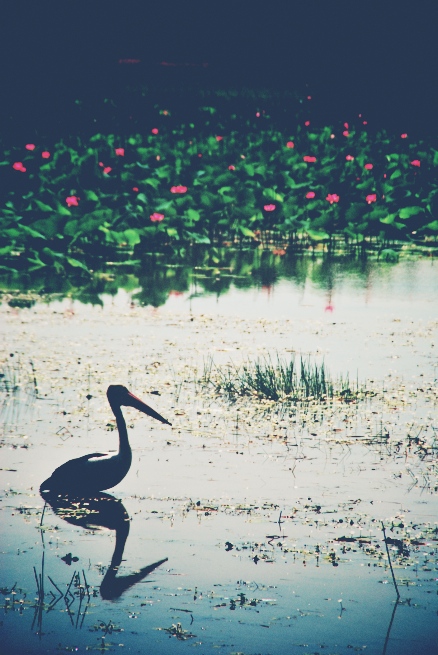
…and an Australian Pelican. My favourite kind of Pelican. Because they’re massive. And easy to remember.
But Kakadu is not just about the birdlife. There’s also the thrill of longdrop toilets in the dark. Will there/won’t there be a spider crouched under the toilet seat? Probably not, but, as I discovered when I heard a small scream from BKC in the toilet next to me – to be fair, it was more of a yelp, certainly less of a screaming-like-a-girl sound than I would have made – there are other things that lurk. “Everything alright?” I ventured, over the partition wall.
“It was a frog!” my wife shouted back. “It jumped up my bum!”
I considered this statement for a moment whilst I stumbled in the darkness to find the sink. “It jumped up your bum?”
“It was inside the toilet and it jumped right at me.”
Such aggressive frog behaviour is perhaps more understandable in the light of my mother’s experience in Darwin: queuing outside a similarly rustic toilet, she was surprised by the sudden emergence of a pale faced Dutch girl, who slammed the door behind her. “There was a frog in there,” she told my mother, “it was in the toilet.”
“Are you ok?” my mum enquired.
“Yes, but,” whispered the beleaguered Dutch girl, “I weed on it.”
We were also lucky enough to join a tour that headed into Arnhemland, a vast, largely untouched wilderness that covers over 97,000 square kilometres, roughly equal in size to the state of Victoria, and is home to about only 17,000 people. It’s aboriginal land and for non-residents it can only be entered by permit. When we went, Tony Abbot, the Australian PM, had just spent a week living and working there.
One of the primary reasons for visiting Arnemland is to see rock art. There are places where it’s possible to see drawings and paintings that were left centuries or millennia ago by the ancestors of those who now live on the land. And when I say millennia, I mean 10,000 years plus – which is a staggering amount of time for one culture to have been in the same place, uninterrupted, let alone for its artwork to have survived. Perhaps more so than other works of art, photos cannot truly convey rock art.
To truly appreciate aboriginal art, you need to walk around half-dried billabongs, under dusty red overhangs of rock, and watch as distant dust devils twist upwards from the flat, baking bush. You need to scramble up cliffsides, anxiously holding your binoculars in one hand whilst balancing with the other, pausing for a moment to appreciate the 8,000 year old paintings and the view that stretches into the distance. And in that moment you might forget the fragility of your optics, whether or not you’re wearing enough suncream, or the fact that you should have brought a hat and didn’t; instead, you might appreciate how the light here stretches water into glass and landscape stretches time into a past before the arrival of European settlers. Or something like that anyway. I’m pretty sure that’s what the Australian Tourism Board told me to say. They definitely said not to mention the giant man eating reptiles or the small, slithery, deadlier-than-a razorblade-smoothie snakes. (“are those fires deliberate?” asked my dad of our guide, pointing out to the long columns of smoke in the distance. “Yeah,” he replied, “round here long grass is bad news.”).
Whilst in Arnhemland, we also visited the art centre of Gunbalanya, where locals ply their artworks to tours and daytrippers. Gunbalanya is a small, dusty town of squat buildings with corrugated iron roofs, a few shops, a police station, and a modern looking school. The place felt poor in a way that we hadn’t experienced in the rest of Australia.
Whilst there was some outstanding work at the art centre, on sale there was also a lot that was less good. As we were led around on a somewhat haphazard tour by a local artist who worked at the centre, I couldn’t help but feel that – despite there being some excellent artwork on display – the place was as much a job creation scheme as a place for artists to work. How to decant aboriginal culture into a European, tourist, market driven system, whilst still preserving its heritage? It’s a question that Australia still struggles with.
Alternatively, of course, you could go to Mindel Market, in Darwin, and watch the Northern Territories sun sink into the Timor Sea whilst eating kangaroo sushi rolls and browsing aboriginal art sold by a stoned white hippy lady. No it’s not Crocodile Dundee, but there’s still always the threat of amphibians in the lavatory – and you don’t get much more authentic than that.







